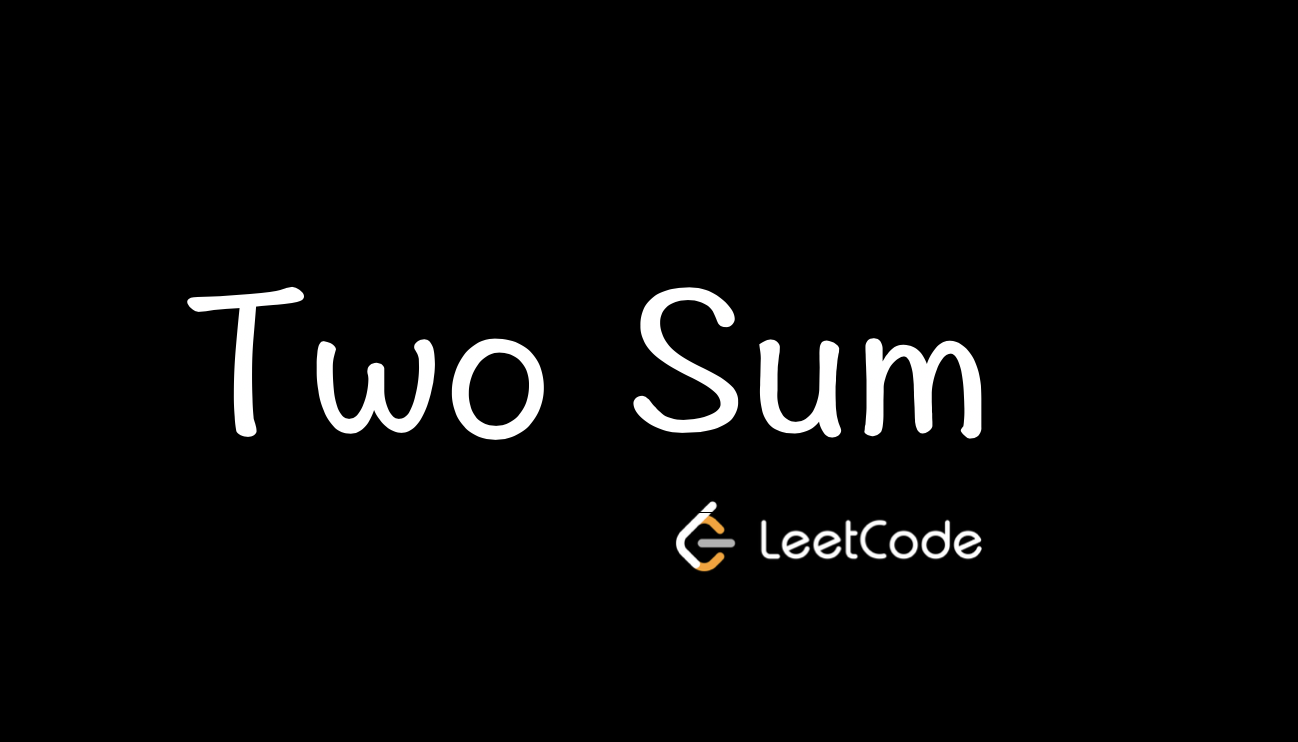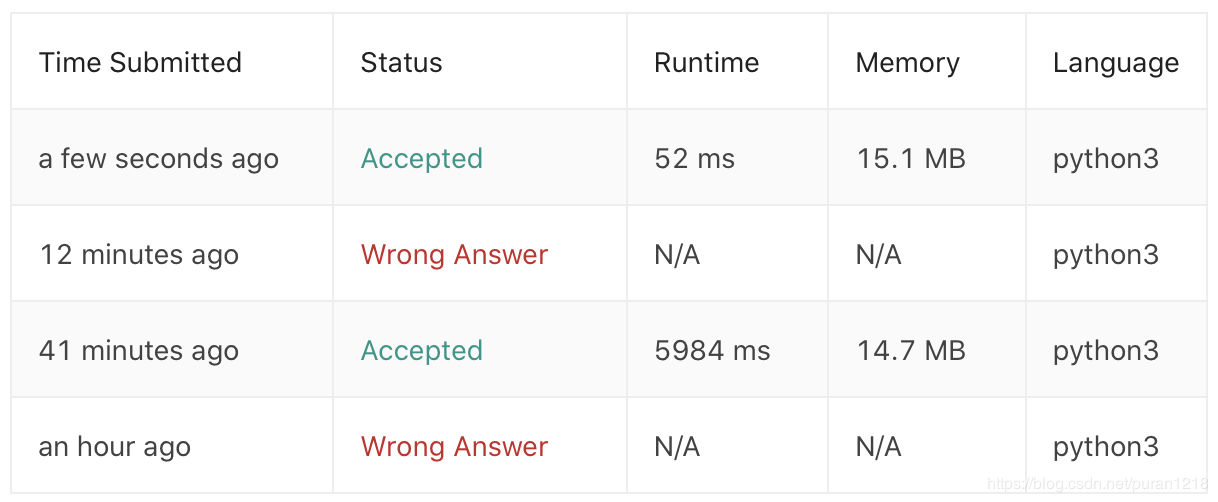LeetCode | 1. Two Sum 两数之和

写在前面:本文首发于 CSDN,由于本人比较中意 InfoQ 的写作平台,且该系列与 ARTS 相关,故搬运过来,后续关于 ARTS 的内容都会在 InfoQ 中做更新。
以下为原文搬运:
Two Sum 是 LeetCode 算法题库中的第一道题,难度为 Easy,题目地址为:https://leetcode.com/problems/two-sum/
1. 问题描述
给定一个整形数组和目标值,从数组中找出两个数,其和等于目标值,并输出这两个数的索引。
有两个假设:
输入的数组只有一个符合条件的解
数组中的元素不能使用两次
示例:
2. 解题思路
本题主要有两种方法:暴力(brute force)和映射(hash map)
暴力解法:通过两层循环遍历数组以得到所有的组合,将组合数与目标值进行对比,若相同则结束循环(因为假设1的存在)
映射:通过增加一个映射表以将循环缩减至一层。遍历数组中的元素,通过目标值与元素的差值与映射表中记录的元素进行对比,若符合则结束循环。
3. 知识点
我是采用了两种编程语言来实现该算法,下面分别来记录我的一些收获。
Python
通过 Python 来实现该算法时,有三个新知识点:
函数注解 Function Annotations
Map 函数
Enumerate 函数
函数注解 Function Annotations
函数注解是PEP 3107 引入的语法,只能应用于 Python 3 中。函数注解可以让你在定义函数时,对参数和返回值添加注解。
a: int这种是注解参数c: str = 5是注解有默认值的参数-> tuple是注解返回值。
参考:
Map函数
map() 会根据提供的函数对指定序列做映射。
第一个参数 function 以参数序列中的每一个元素调用 function 函数,返回包含每次 function 函数返回值的新列表,在 Python 3 中是返回迭代器。
语法为:map (function, iteration, ...)
代码示例:
输出为:2, 4, 6, 8
参考:
Enumerate 函数
enumerate()是用来遍历一个可迭代容器(如列表、元组或字符串)中的元素,同时通过一个计数器变量记录当前元素所对应的索引值。
enumerate()语法:enumerate(sequence, [start=0]),其中 start 为下标起始位置。返回枚举对象。
通过enumerate(),你不再需要在 Python 代码中专门去生成元素索引,而是将所有这些工作都交给enumerate()函数处理即可。
示例:
这段代码会输入如下内容:
参考:
C#
通过 C# 来实现该算法时,涉及到的新知识点是:
Dictionary
在 C# 中,Dictionary 的主要用途是提供快速的基于键值的元素查找。Dictionary 的结构一般是这样的:Dictionary<[key], [value]>,它包含在System.Collections.Generic名空间中。
在使用 Dictionary 前,你必须对它的键类型和值类型进行声明。
Dictionary 的一些常用用法:
创建及初始化:
var myDictionary = new Dictionary<int, string>();添加元素:
myDictionary.Add(1, "C#");通过 Key 查找元素:
myDictionary.ContainsKey(1))通过 KeyValuePair 遍历元素:
foreach(KeyValuePair<int, string> kvp in myDictionary)
参考:https://www.w3cschool.cn/csharp/csharp-86c42por.html
4. 代码
在刚开始解该算法题时,完全不知道如何下手,在代码实现过程中,也是参考了 LeetCode 中的 Solution 及社区的一些讨论。这里把提交的代码列出来,作为参考。
Python实现
两层循环:
通过 Python 的字典,且把加法变为减法来进行优化,其中关键点在dict_map = {}和for i, num in enumerate(nums)::
从 Runtime 运行时间,能明显感受到第二种算法的优势。

C# 实现
两层循环:
通过 Dictionary 来进行优化:
从 Runtime 运行时间,相比 Python 来说,第二种算法的优势不是很大。

版权声明: 本文为 InfoQ 作者【Puran】的原创文章。
原文链接:【http://xie.infoq.cn/article/af6f2a93c9adc147a82c76229】。文章转载请联系作者。












评论